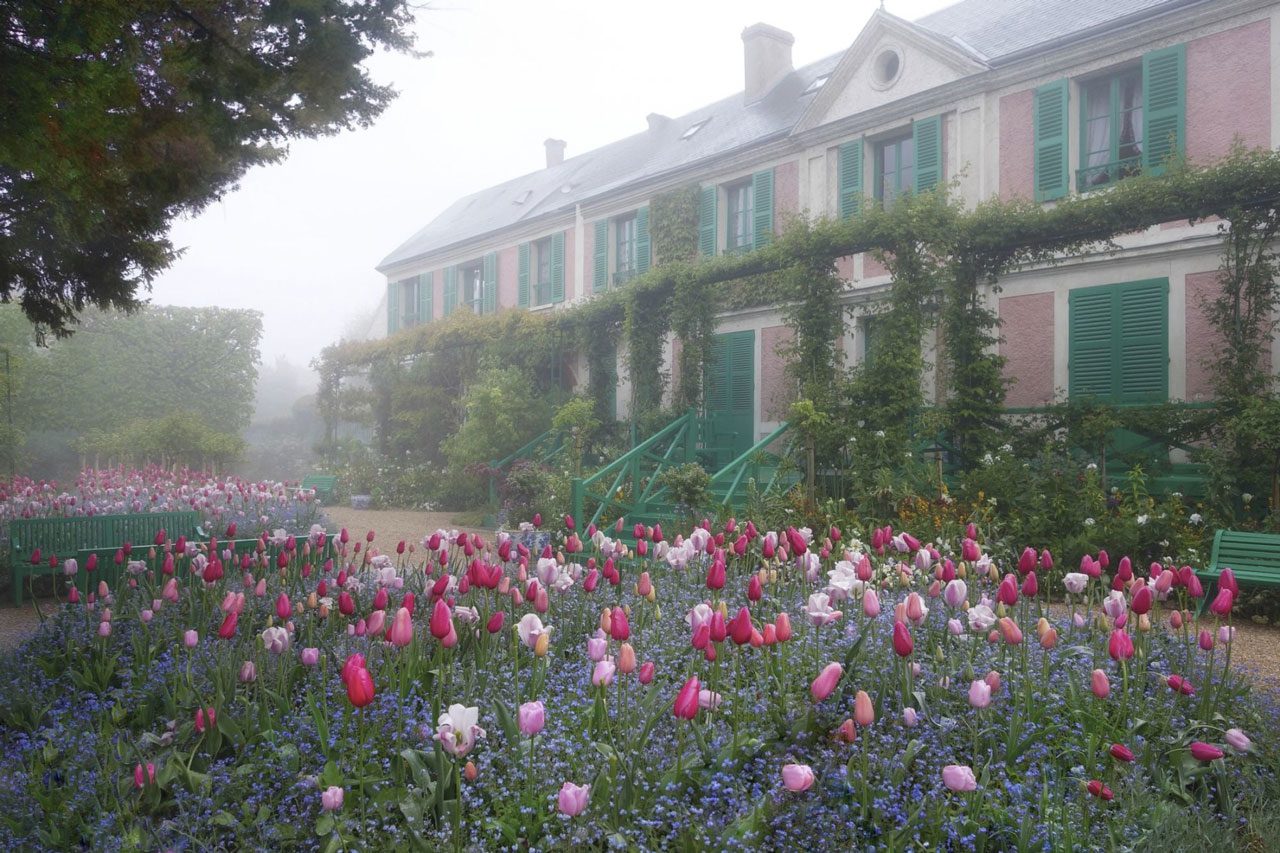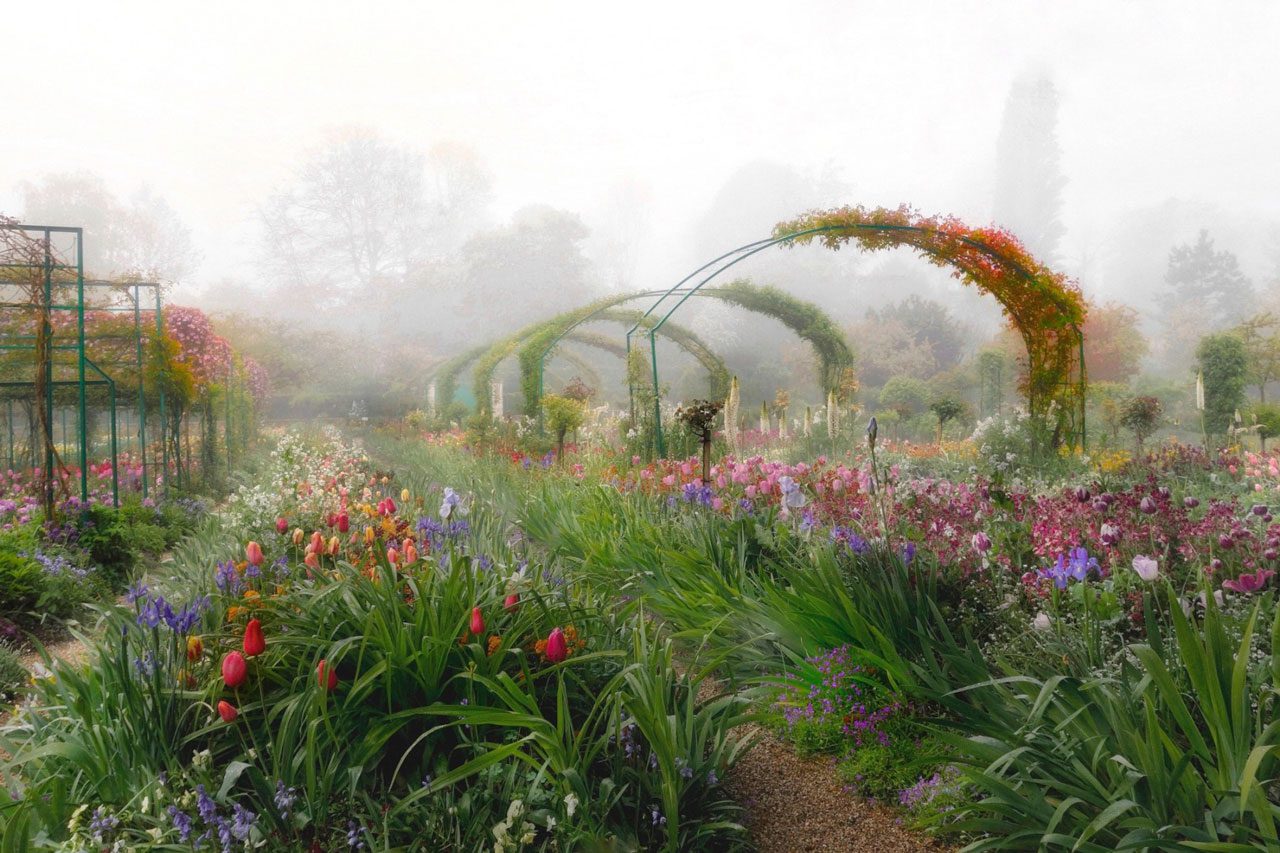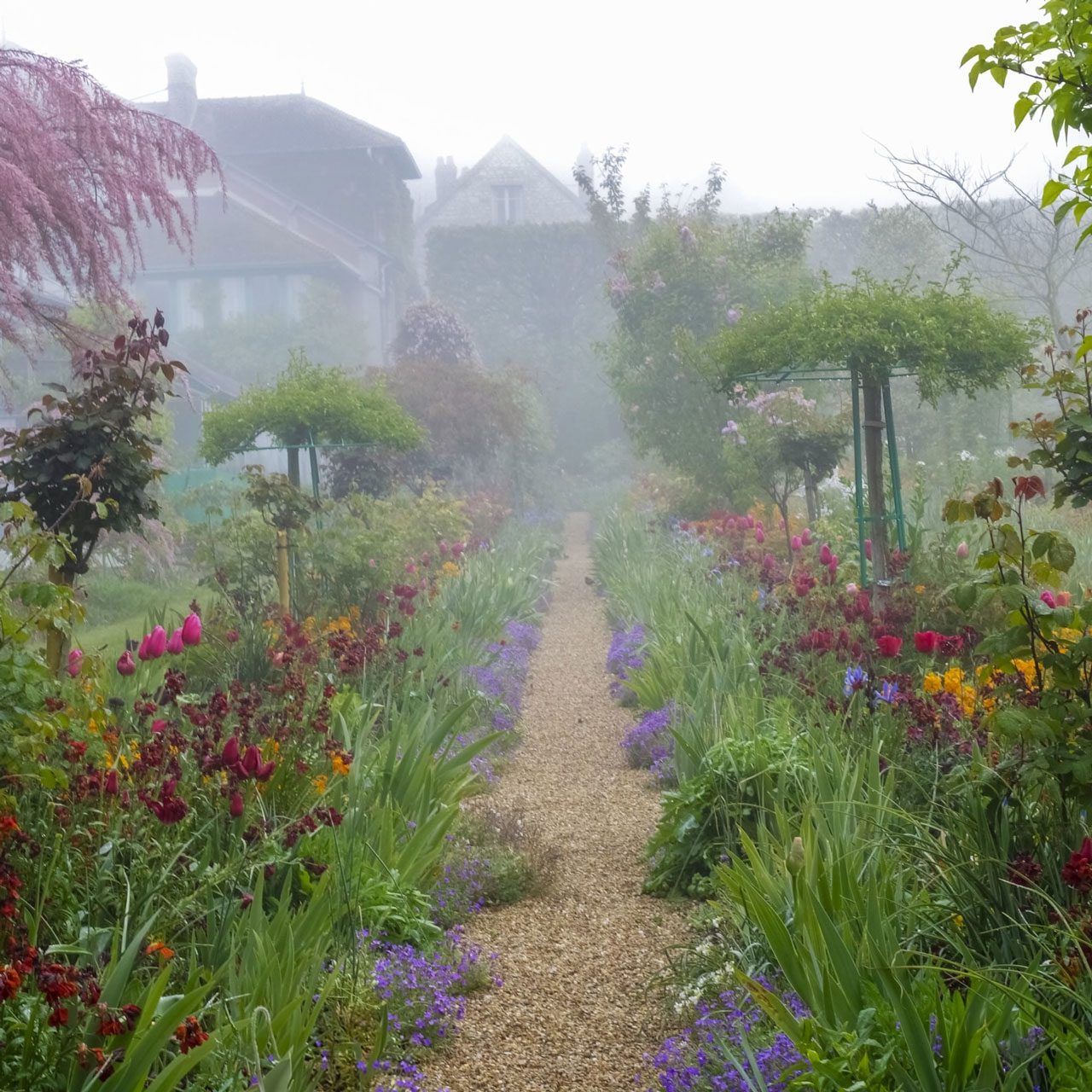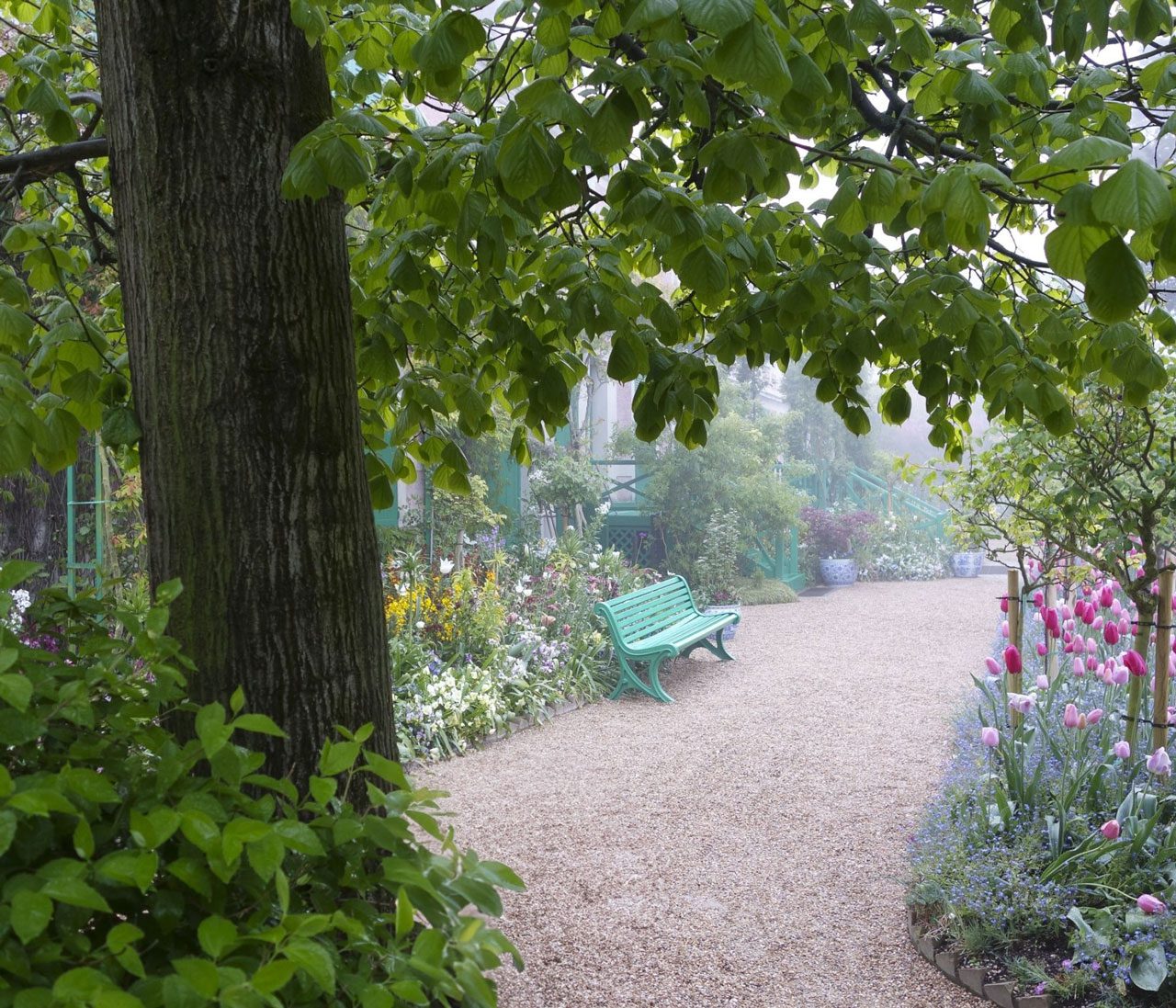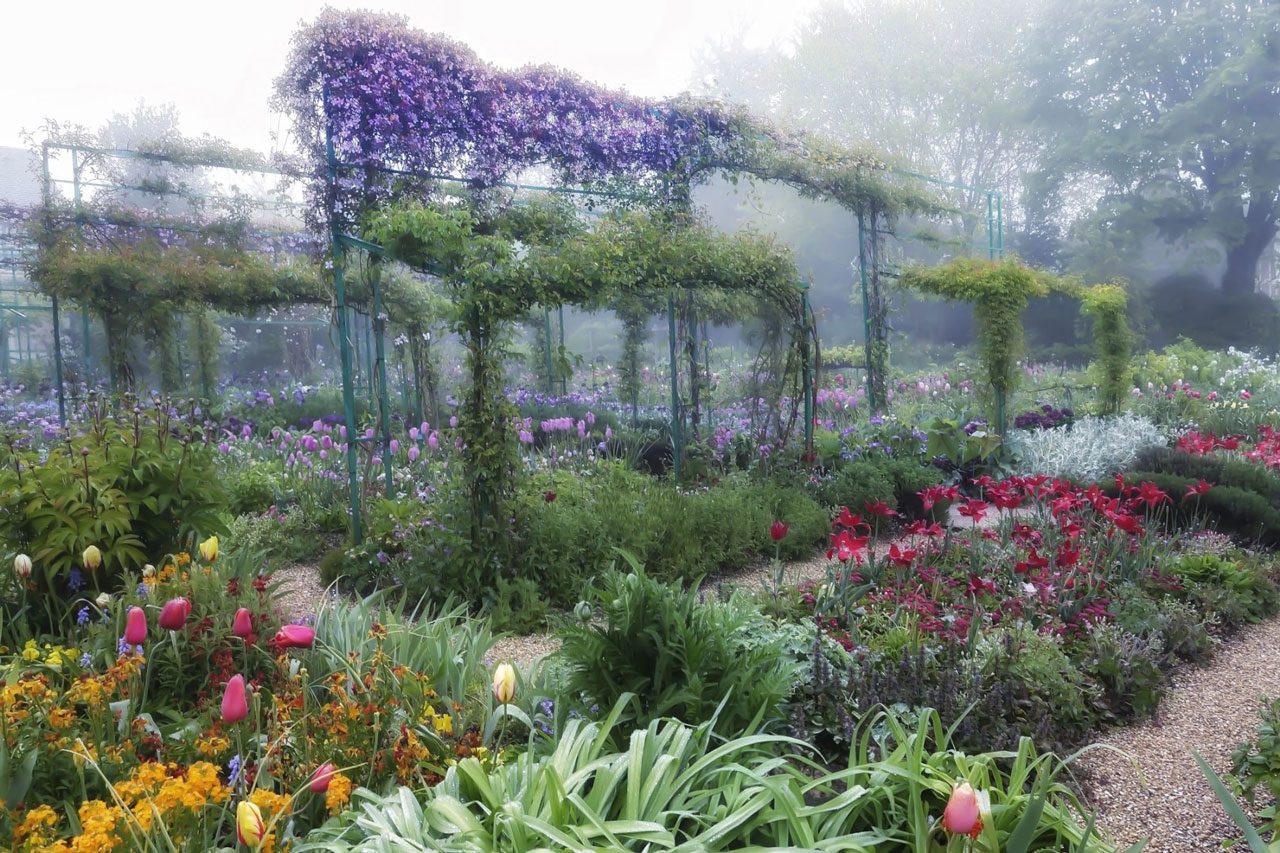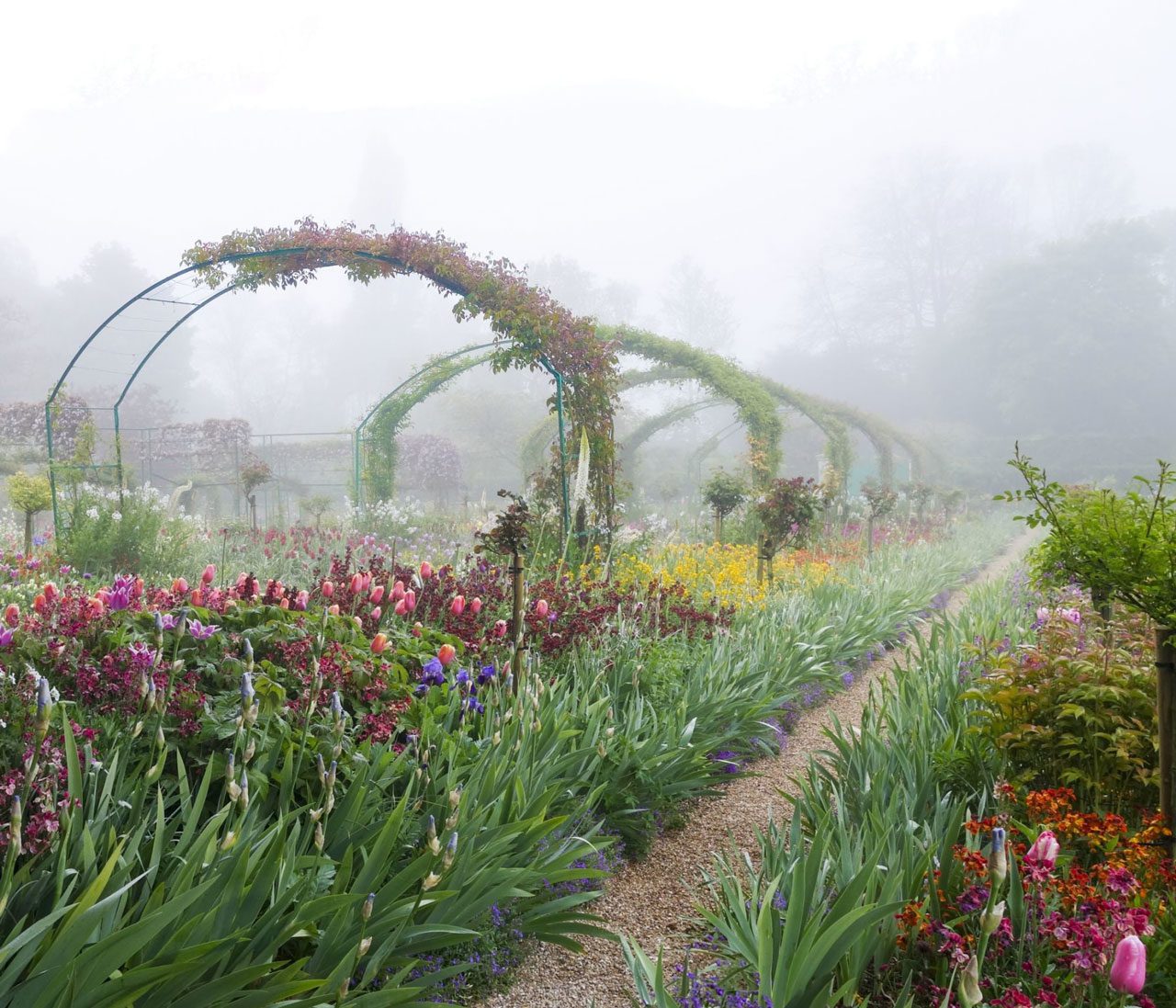PHOTO: Aileen Bordman-Monet’s Garden, Part II
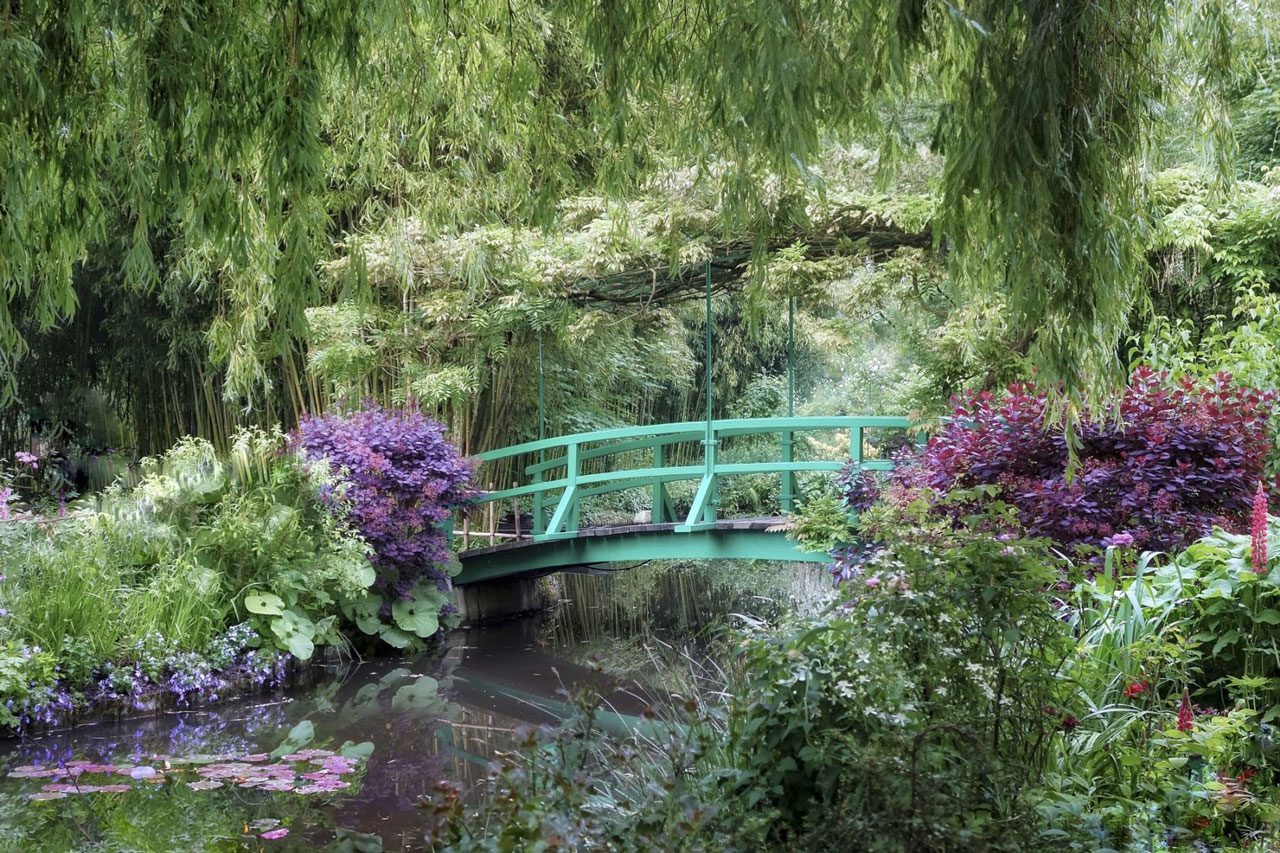
Aileen Bordman, an author and filmmaker renowned for her expertise on Monet, spent decades studying Giverny, developing a deep understanding of the artist’s approach to planting and composition. she captures the light, colors, and nature that shaped the vision of the artist. “For over forty years, I have observed how Giverny has transformed, yet Monet’s vision remains intact. Through my work, I seek to convey the serenity, energy, and intricate beauty of the garden, inspiring others to experience its magic” (Part I).
By Dimitris Lempesis
Photo: Leila Heller Gallery Archive
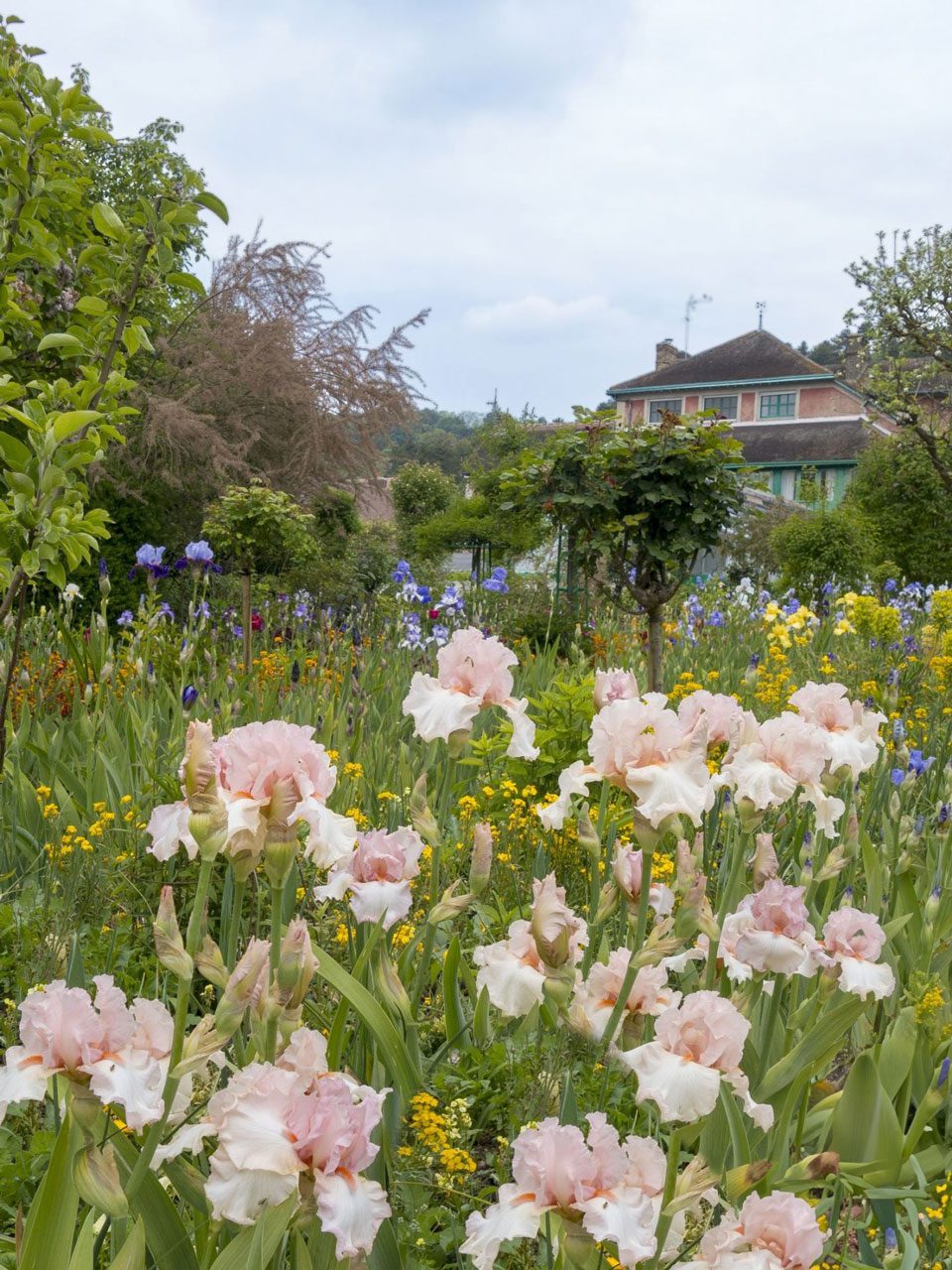
Aileen Bordman’s photographs of Giverny, that are on show in “Monet’s Garden”, range from large-scale, horizontal landscapes that capture views of the Japanese Bridge and water lilies of the Bassin to the rose-covered archways and meandering paths of the Clos Normand. Other works focus on tightly composed sections of the artist’s cultivated color harmonies in the full bloom of the spring season. Bordman’s carefully conceived images capture many of the hundreds of species of flora that comprise Giverny’s gardens. Her work reflects a deep and intimate knowledge of the site and its particularities, which only a lifetime of passionate study could allow. With a technique founded in twentieth century photography, Bordman uses a variety of Sony cameras, always fitted with Zeiss lenses (the same brand that Monet himself used in his spectacles). Bordman’s extensive knowledge of Monet’s planting process in the Bassin, Clos Normand, and the artist’s two-acre kitchen garden has been fundamental to her artistic practice, as she has sought to capture Monet’s intricate garden compositions and color schemes. Just as Monet brought his rich understanding of color theory and atmosphere to Giverny’s garden design, Bordman’s aesthetic is shaped by the Impressionist movement, including a focus on the effects of changing light and temporal mood. Aileen Bordman remarks, “Through decades of studying Monet’s Garden at Giverny, from my youth in the 1980s to now, I have observed that Giverny has changed in a multitude of ways. With these works, I seek to share the grand vision that Monet intended for his most special creation. Monet’s enduring love for nature is often present in his paintings yet is felt most at Giverny through his careful selection and arrangement of thousands of flowers, bushes and trees with dazzling color and distinct perspectival effects. Since its restoration, the garden has evolved into a global destination, attracting over 10,000 visitors daily during the season. Through my work I aim to share the serenity, energy, and beauty of Giverny, inspiring others to experience it for themselves.” Embodied in Bordman’s Giverny series is the history of the garden as a personal refuge, source of inspiration, and a place of divine expression. Within every image there is the animating spirit of the garden’s creator – Claude Monet – as well as the physical labor and dedication of as many as one hundred horticulturalists and laborers that tend to the garden’s design, continued growth and cultural legacy. Parallel to the appreciation for the extraordinary beauty of the garden lies the appreciation of its fragility. The threat of global warming, the necessity of a fresh water supply, and the reliance upon human caretaking are implicit in every frame.
Photo:Aileen Bordman, Giverny: 80, 2016, Archival Pigment Print; Signed on Verso, Edition 1 of 4 + 1 AP, 40 x 60 in, © Aileen Bordman, Courtesy the artist and Leila Heller Gallery
Info: Leila Heller Gallery, 22 East 80th Street (Ground Level), New York, NY, USA, Duration: 5/3-3/5/2025, Days & Hours: Mon-Sat 10:00-18:00, www.leilahellergallery.com/
